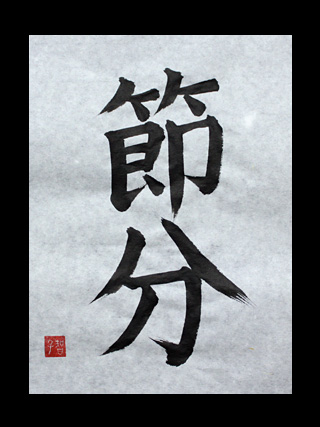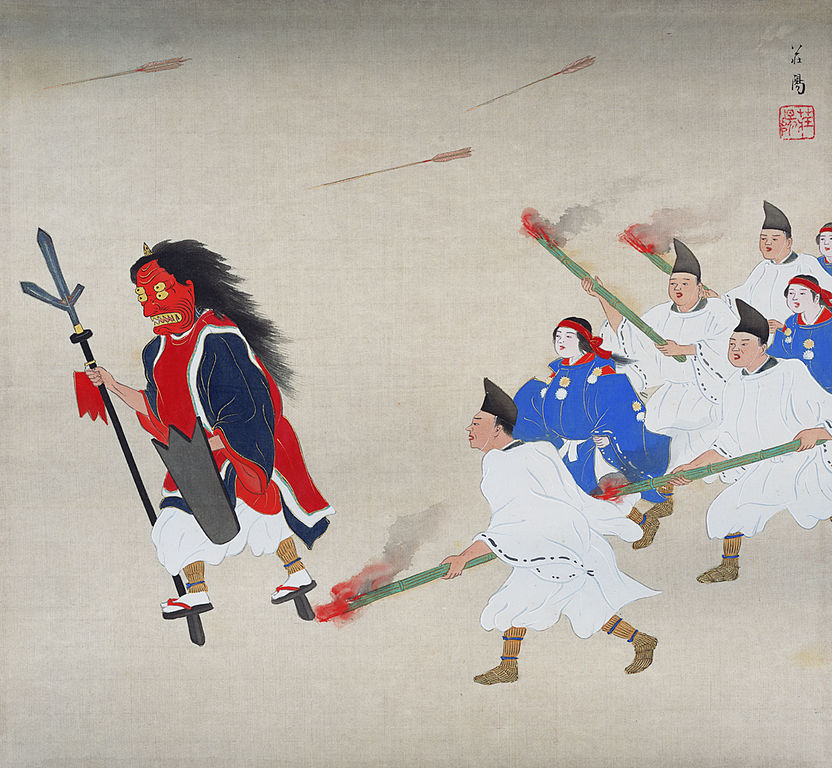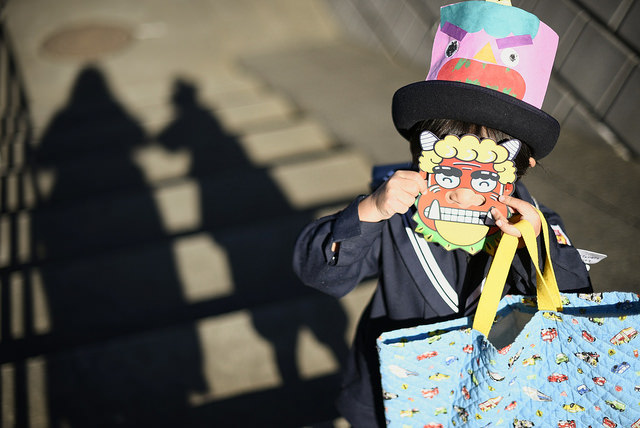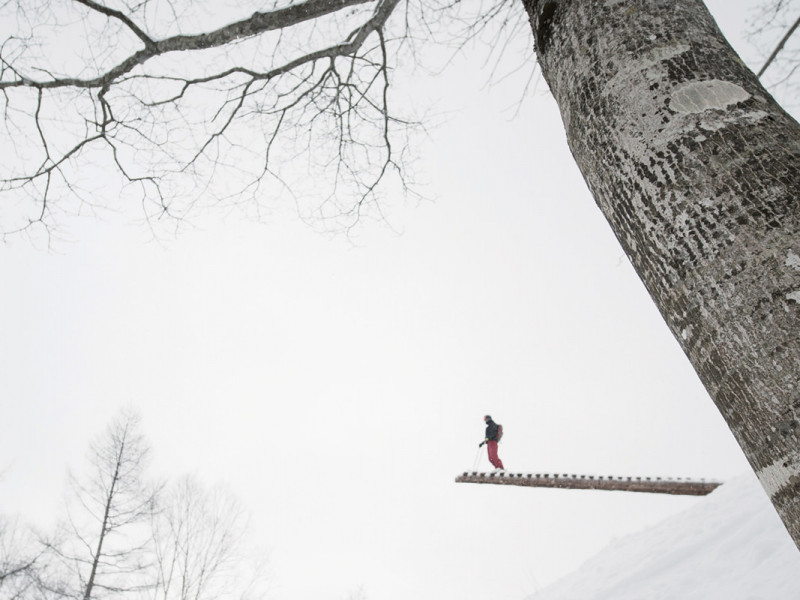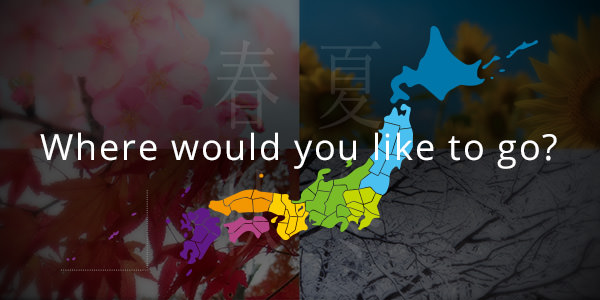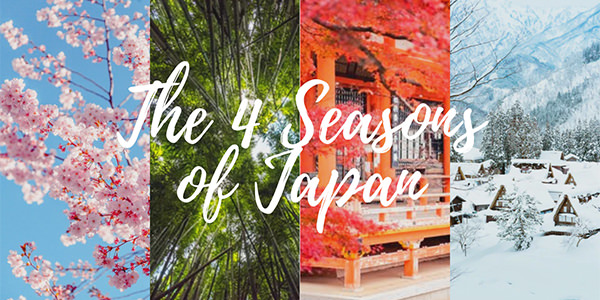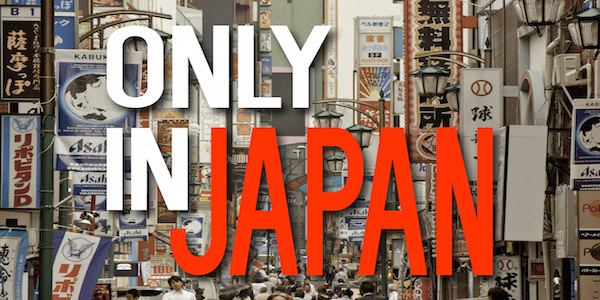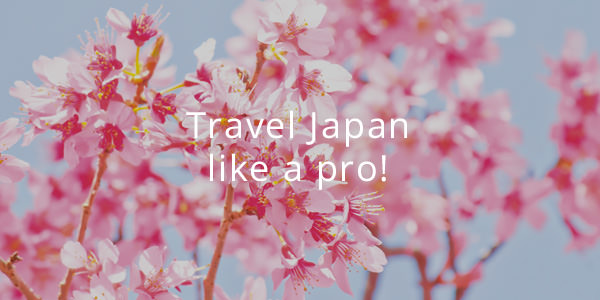In the traditional Japanese calendar, there are four separate days that mark the beginning of each season. The first of the year, the first day of spring – known as ‘Risshun’ – falls around the 4th or 5th of February each year. This day marks the arrival of a new season and with it, a new year.
There is no special celebrations on the first day of spring, however, on the day before there is a traditional ceremony known as ‘setsubun’, and it is performed at most homes (especially those with children) every year. Setsubun means the division of the seasons, but in the past few centuries, the Setsubun before the first day of spring became the only one acknowledge in the Japanese calendar.
 © info@japanese-kanjisymbols.com
© info@japanese-kanjisymbols.com
Back in the olden days, it was believed that the change of season brought around evil spirits and bad energies more easily than other times of the year. To ward off any evil spirits lurking around, especially before the first season of the year, there were a few, very unique customs that were developed which became a big part of setsubun. These are believed to have been influenced by a similar set of beliefs and traditions that were also prominent in ancient China.
In ancient China, they had shamans who wore frightening masks that went around and performed ceremonies to ward off evil spirits. This loosely translated into the Japanese setsubun – originally, Japanese shamans also wore masks and performed ceremonies, but over time the mask became a symbol for evil spirits – known as ‘Oni’ – and the ceremony entailed warding off evil spirits by throwing soy beans at those who portrayed the evil spirits.
 © Wikipedia
© Wikipedia
This ceremony was originally a communal thing which slowly transformed into a household custom. It was around the same time when saying ‘evil spirits out, good luck in (Oni wa soto, fuku wa uchi)’ whilst throwing the beans inside and outside of the home became a part of the tradition.
In the feudal period of Japan, not only did they throw soy beans at the ‘pretend’ evil spirits or Onis, but people rubbed the beans on their body to transfer their bad luck and a new tradition of eating the same number of beans as your age was developed.
Another element to the modern setsubun is ‘eho-maki’, which is a special kind of sushi roll that is eaten while looking to the direction that is said to be of good luck for that ear. You eat this roll in silence, with your eyes closed whilst thinking of a wish – sort of a Japanese version of blowing out your birthday candles.
As you can gather, setsubun, even for Japan, is a unique custom. It’s a popular one amongst children and it’s done in some schools and kindergartens as well as it still being a prominent tradition in most homes – especially those with young children. Throwing soy beans at parents and older children wearing masks depicting evil spirits are a lot of fun – plus you get to eat a tasty sushi roll at the end of it too.
 © Erizof
© Erizof
So, we know that there are three main components to setsubun; evil spirits, soy beans and sushi rolls. Here’s how to have your own setsubun ceremony!
ONI
Get a sheet of paper or cardboard and draw yourself your own Oni face – typically Onis are red, yellow or blue with golden or black hair like ones pictured above. You can make it as scary or as funny as you’d like.
Be sure to cut the eye holes out and punch small holes on the sides where you can loop a string or some rubber bands through, so you can secure the mask on your head.
Having soy beans thrown at you is not the most pleasant role to play, so be prepared to be hit and make sure you wear long, thick clothing.
Don’t forget to memorise the traditional setsubun call ‘Oni wa soto, fuku wa uchi (OR evil spirits out, good luck in)’ and chant while throwing your beans at the pretend Oni.
SOY BEANS
Unfortunately, you can’t just buy some soy beans in a can or frozen edamame as that won’t be optimal for throwing and it’s not how the traditional soy beans are prepared.
Traditionally the soy beans used for setsubun are roasted – and it’s important that they are also edible, so you can eat as many beans as your age for some good luck.
EHO-MAKI ROLL
© Nanao Wagatsuma
There are no set ingredients for making eho-maki rolls, however it is said to be good luck to have seven ingredients to make tribute to the Seven Gods of Good Fortune (which includes the laughing buddha).
To make an eho-maki roll as closely to the traditional version as you could with ingredients available in Australian super markets, here is what you will need.
– Shiitake mushrooms
– Cucumber
– Eggs, Sugar and Soy Sauce (to make tamago yaki/rolled fried eggs with)
– Avocado
– Teriyaki Chicken (Fried tofu for vegetarians)
– Carrot
– Lettuce
– Cooked white medium grain/sushi rice (stir through a splash of rice vinegar for an authentic taste)
– Nori Seaweed
– Bamboo sushi roller
If you’ve never made your own sushi roll before, check out this how-to video to learn how – but be prepared to fail a few times before you get the hang of it.
This year’s lucky direction is South-South East and next year is so work out where that direction is before you chomp down on your tasty roll.

